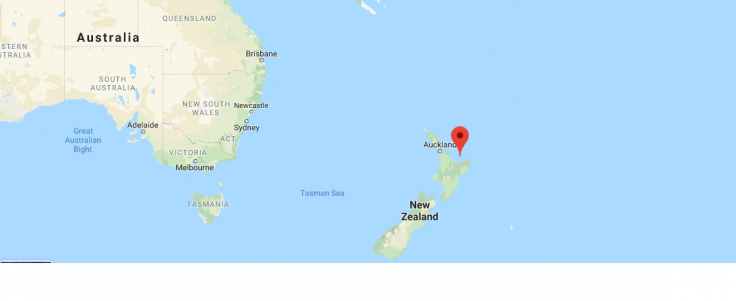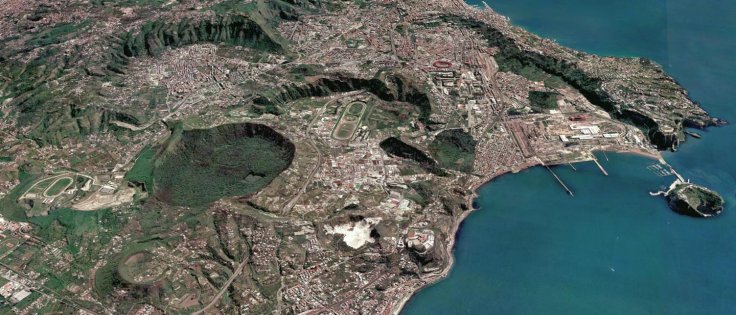A volcano at White Island near New Zealand's eastern coast in the Bay of Plenty, popularly known as Whakaari, erupted at 2:11 pm (local time) Monday, leaving behind five dead and more than 20 critically burnt due to the heat from eruption. The plume of ash reached 12,000 ft above the vent and covered the main crater floor.
How to recognize when a volcano will erupt
How to recognize when a volcano will erupt? This is a major question that puzzles many geologists around the world. Many of us end up seeing it on TV or the internet, whenever the magma shoots right out of its top. In some cases, the magma erupts from the volcano's flank rather than its summit, say scientists.
After leaving the underground magma chamber, it forces its way sideways even fracturing rocks and breaching the Earth's surface, often explosively such as those which occurred at Bardarbunga in Iceland in August 2014 and Kilauea in Hawaii in August 2018. But volcanologists find it hard to guess where magma is heading to where it would breach the surface. A solution to this vexing challenge will save many villages and surrounding cities whenever eruptions take place.

In August, Eleonora Rivalta and her team from the GFZ German Research Centre for Geosciences in Potsdam, in collaboration with teams in the University Roma Tre and the Vesuvius Observatory of the Italian Istituto Nazionale di Geofisica e Vulcanologia in Naples have come up with a new method to generate vent location forecasts for volcanoes.
The study, published in the journal Science Advances, said previous methods based on the statistics of the locations of past eruptions were not suficient to make any forecast. Eleonora Rivalta said:"Our method combines physics and statistics; we calculate the paths of least resistance for ascending magma and tune the model based on statistics." They successfully tested their new approach with data obtained from the Campi Flegrei caldera in Italy, one of the Earth's highest-risk volcanoes.
"Calderas often look like a lawn covered in molehills," says Rivalta. At calderas, hollow vents form after the emptying of a magma chamber in a volcanic eruption and most of them have only been used once. The consequent seemingly random spatial vent distribution makes it difficult for volcanologists to draw forecast maps for future eruptions.

Rivalta, a trained physicist, combined the knowledge of geologists and statisticians, and used volcano physics to improve the forecast process. "We tune the parameters of the physical model until they match previous eruptive patterns. Then, we have a working model and can use it to forecast future eruption locations," explains Rivalta.
Combination of physics with other branches
They have applied their new approach in southern Italy to the Campi Flegrei, a caldera close to Naples. It has a population of about one million and the area is spread over 10 kilometres with over 80 vents which have fed explosive eruptions in the last 15,000 years. The approach performs well in retrospective tests, that is correctly forecasting the location of vents that were not used to tune the model, the researchers said in their report.
If the method works well on other volcanoes too, it may help planning land usage in volcanic areas and forecasting the location of future eruptions with a higher certainty than previously possible, said researchers.









